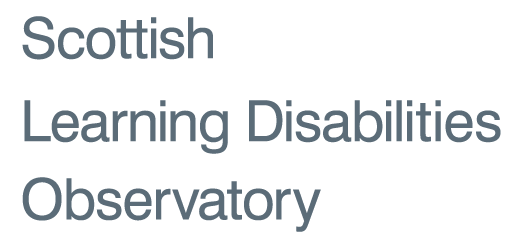Health and multi-morbidity

Cancer incidence and mortality in adults with learning disabilities
People with learning disabilities have different health profiles compared to other people, which has a bearing on cancer rates and deaths. Current evidence on specific cancer incidence rates and death in this population remains inconsistent and it is necessary to gain a better understanding to inform and improve future healthcare. Read about this research project here.

Multimorbidity in autistic people and people with learning disabilities
Patterns of physical and mental health conditions commonly experienced by autistic people or people with learning disabilities differ from those in the general population. Despite this knowledge, tools to predict deterioration in a patient are still based on health patterns of the general population. These tools, used in research and practice, may need to be adapted to sufficiently capture health conditions in autistic people or people with learning disabilities. Read more about this research here.

High risk of anticholinergic burden in adults with learning disabilities
Anticholinergic burden studies have focused exclusively on older adults with many including only geriatric patients from the general population, for example those in care homes. This study examines the risk of anticholinergic burden in adults with learning disabilities, using a representative cohort of adults aged 17-94. Find out more about this study.

Psychotropic prescribing in adults with learning disabilities
Psychotropic medications, such as antidepressants, antipsychotics and mood stabilisers are commonly prescribed to people with learning disabilities. However there is concern that these are being over-prescribed, often to manage problem behaviours, and in the absence of good quality evidence of their effectiveness in this context. Read more about this research here.

Multi-morbidity in a cohort of adults with intellectual disabilities, with and without Down syndrome
People with intellectual disabilities have different health needs and experience greater health inequalities when compared to the general population. However, most studies have been small scale, with selected age groups, or methodologically limited. Our research looked at the physical health conditions of people with intellectual disabilities, with and without Down syndrome. Read about our research and findings here.

Pregnancy outcome following prenatal diagnosis of chromosomal anomoly - a record linkage study of 26,261 pregnancies
This study examined the association between results of prenatal tests and pregnancy termination, and the proportion of foetuses with and without chromosomal anomalies referred for invasive diagnostic tests over time. Read about this research and our findings here.

Prevalence, types and associations of medically unexplained symptoms and signs
This study aimed to identify the prevalence of unexplained symptoms and signs experienced by people with learning disabilities, through a large-scale, population based study, and to identify the factors independently associated with them. Read about our research and findings here.

Prevalence of learning disabilities and general health status
We investigated the prevalence of learning disabilities (in childhood, adulthood and older age) and the reported general health status of people with and without learning disabilities across the lifespan. This area of research was important as little is known about the reported general health of people with learning disabilities. Read about this research and our findings here.

Prevalence of mental health conditions and relationship with general health status
This research reports the prevalence of mental health conditions and relationships with general health in this total population with and without learning disabilities. We initiated this project as mental ill health is unevenly distributed across the population and appeared to be more prevalent among people with learning disabilities compared with the general population. Read more about this research and our findings here.

Census 2011: People with learning disabilities and autism
This study investigated the prevalence of mental health conditions, physical disabilities and other disabilities for people who have both learning disabilities and autism. We looked at the extent to which these conditions limited daily activities. Find out more about this research and our findings here.

Patterns of multimorbidity, multimorbidity clusters and associations with mortality
This new research project will look at the current healthcare pathways and clinical guidance that generally focus on the treatment and management of a single condition, rather than taking into account the presence of multiple co-occurring conditions (known as multimorbidity). The aim of the proposed study is to describe the extent of multimorbidity in adults with intellectual disabilities compared to the general population, and investigate characteristics, service use, and mortality in clusters of multi-morbid diseases. Read more about this proposed study here.
